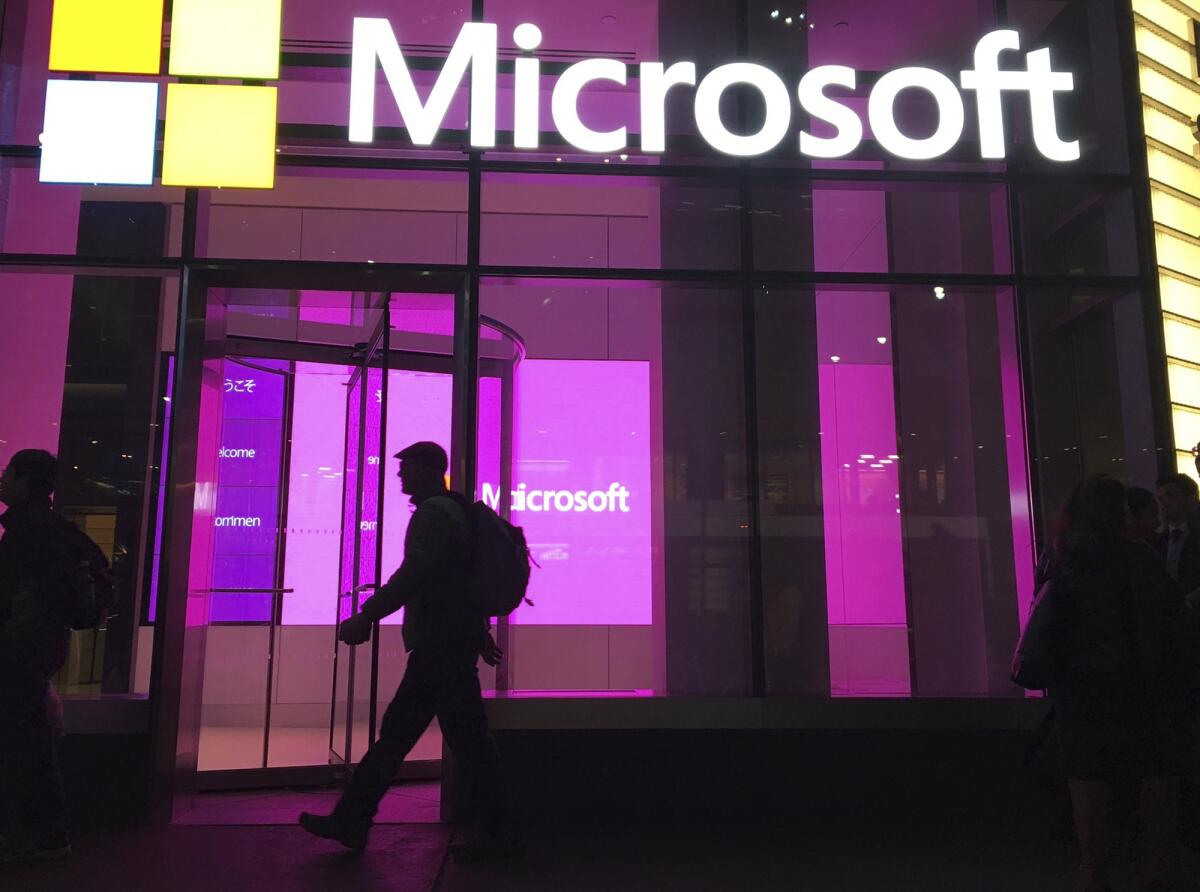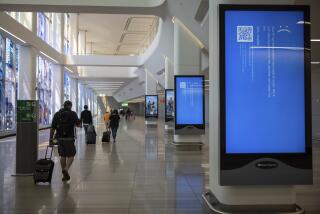Global IT collapse puts cyber firm CrowdStrike in spotlight

Behind a massive IT failure that grounded flights, upended markets and disrupted corporations around the world is one cybersecurity company: CrowdStrike Holdings Inc.
Known as a dominant supplier of software that protects businesses from ransomware attacks, CrowdStrike was thrust into the spotlight on Friday as it struggled to fix a faulty patch that led to cascading, system-wide failures, paralyzing the operations of clients ranging from banks to global retail giants to healthcare systems on Friday.
CrowdStrike was founded by former executives of antivirus pioneer McAfee Inc. and launched in 2012. It has grown into the leading maker of a relatively new type of security software that’s considered among the best defenses against ransomware and other hacking threats. It controls about 18% of the $8.6-billion global market for so-called “modern” endpoint protection software, just ahead of archrival Microsoft Corp., according to market research firm IDC.
The type of software CrowdStrike supplies is separate and distinct from older, more limited types of security software. Traditional antivirus software was useful in the early days of computing and the internet for their ability to hunt for signs of known malware, but it has fallen out of favor as attacks have become more sophisticated. Now, products known as “endpoint detection and response” software that CrowdStrike develops do far more, continually scanning machines for any signs of suspicious activities and automating a response.
But to do this, these programs have to be given access to inspect the very core of the computers’ operating systems for security defects. This access gives them the ability to disrupt the very systems they are trying to protect. And it is how Microsoft’s Windows systems came into play in Friday’s outage.
Representatives of Austin, Texas-based CrowdStrike confirmed online reports that a glitchy update was responsible for disabling potentially millions of corporate and government Windows computers around the world and causing the dreaded “blue screen of death.”
The company pegged the incident to “a defect found in a single content update for Windows hosts,” in a statement on Friday and said the outage wasn’t down to a cyberattack or security breach. Anyone using a Mac or Linux machine isn’t impacted, the company said, adding that “a fix has been deployed.”
To add to the confusion, an apparently separate incident involving Microsoft’s Azure cloud services also caused disruption on Friday. In a status update, Microsoft said it had fixed the underlying issue but that users would still feel “residual impact.”
Shares of Crowdstrike were down about 12% in premarket trading on Friday. Microsoft shares fell 1.3%.
While cybersecurity professionals say CrowdStrike’s technology is a strong way to defend against ransomware, its cost — which in some cases can be more than $50 per machine — means that most organizations don’t install it on all of their computers. What that means, however, is that the computers that have the software installed on them are among the most important to protect, and if they go down, key services can fall with them.
One outstanding question is whether CrowdStrike’s software fix can be rolled out automatically or manually.
“You’ll have men in white vans going around to try manually fix this problem even when they put out a fix,” said Alan Woodward, professor of cybersecurity at the University of Surrey, in an interview with Bloomberg News. “To use the laptops, they’ll have to manually intervene — that is a big job.”
There’s also the question of how the bad rollout happened to begin with.
“CrowdStrike is meant to keep these machines safe,” Woodward said. “This is the sort of thing ransomware would do, but imagine ransomware simultaneously hitting the biggest organizations in the world — container ports in the Baltics, hospitals, railway stations, they’ve all been hit at once because of this one little file.”
CrowdStrike’s customer base comprises large organizations that have a large number of remote machines to manage, he added. “The economic impact is going to be huge.”
More to Read
Inside the business of entertainment
The Wide Shot brings you news, analysis and insights on everything from streaming wars to production — and what it all means for the future.
You may occasionally receive promotional content from the Los Angeles Times.










